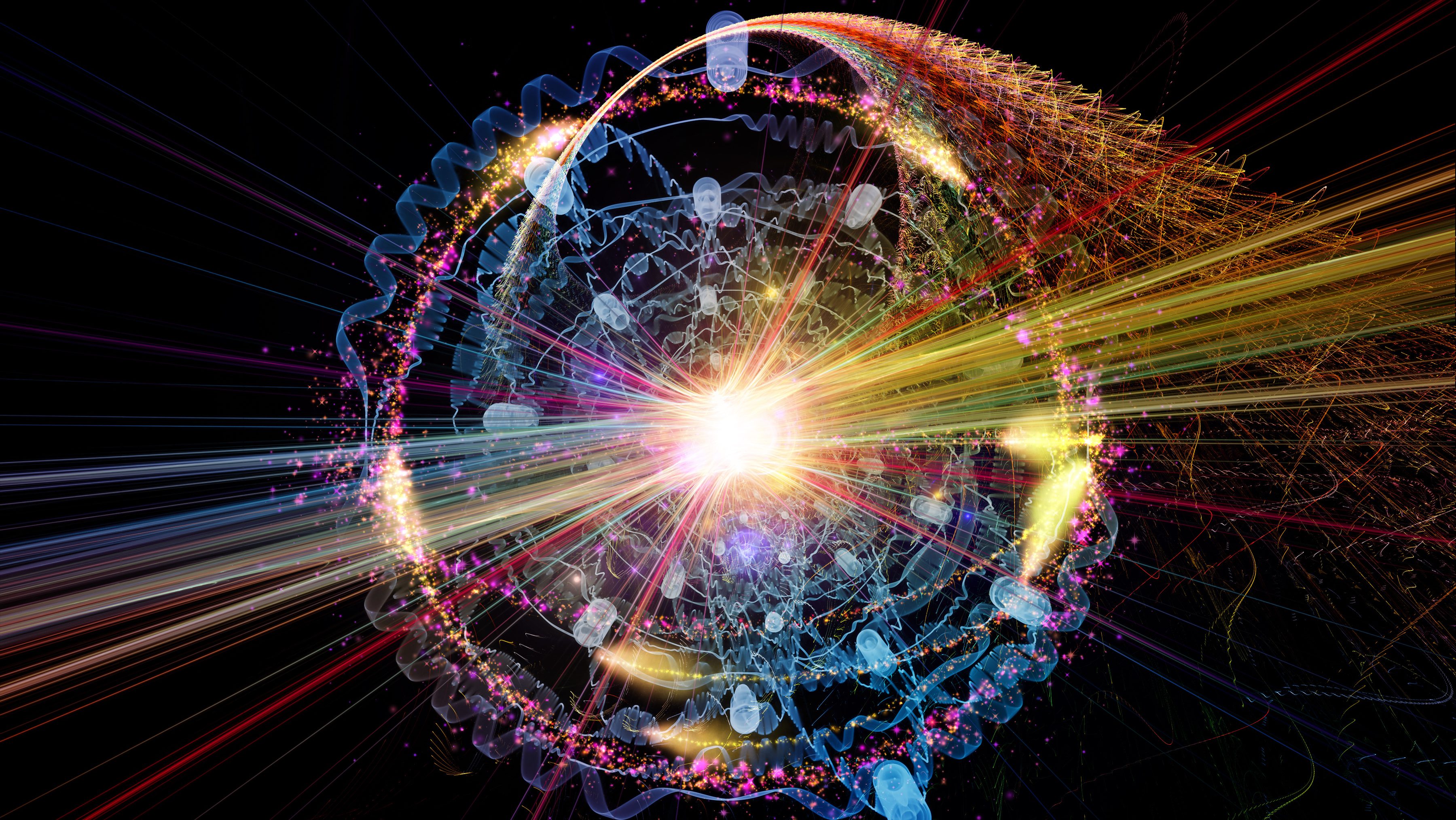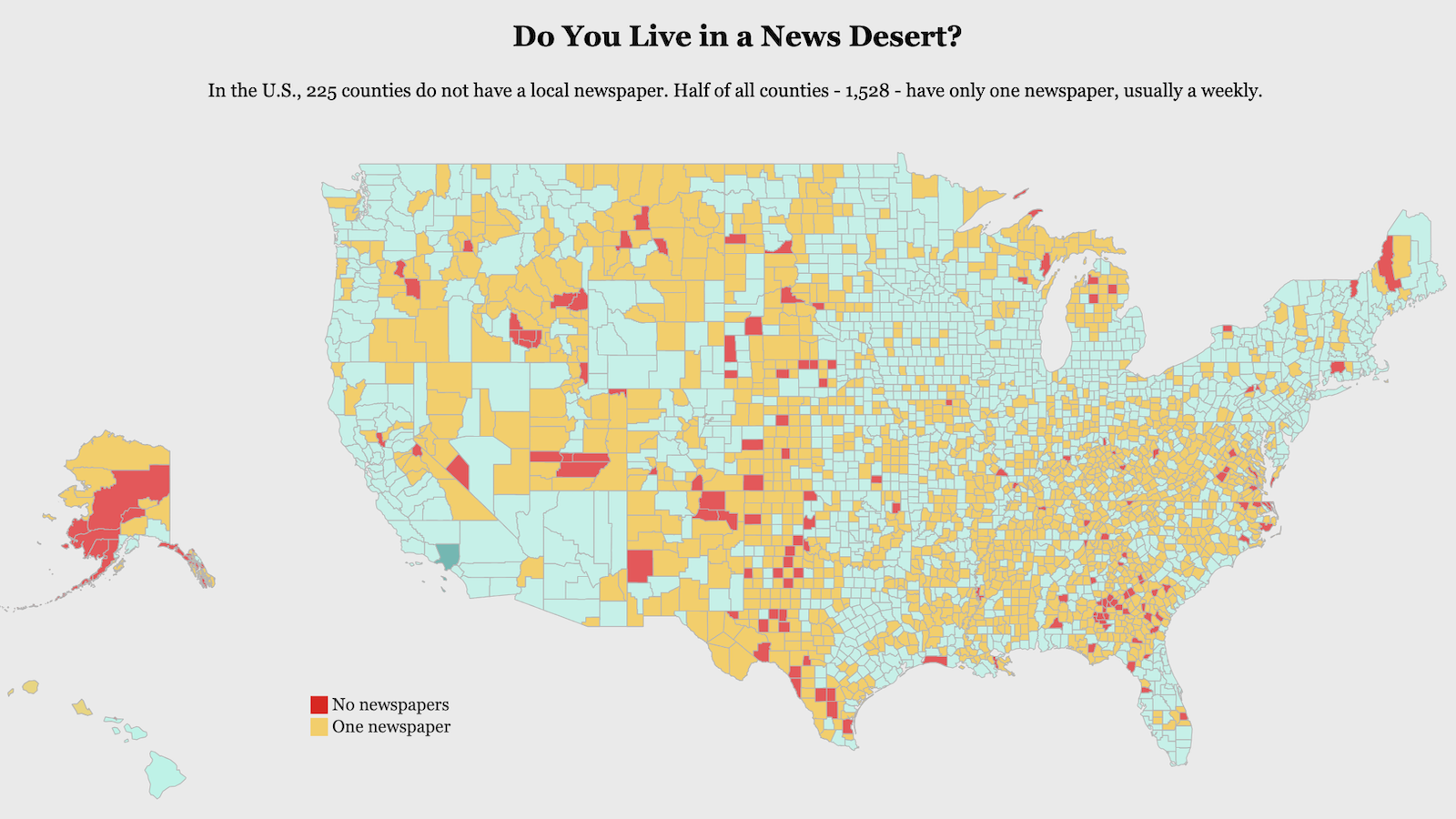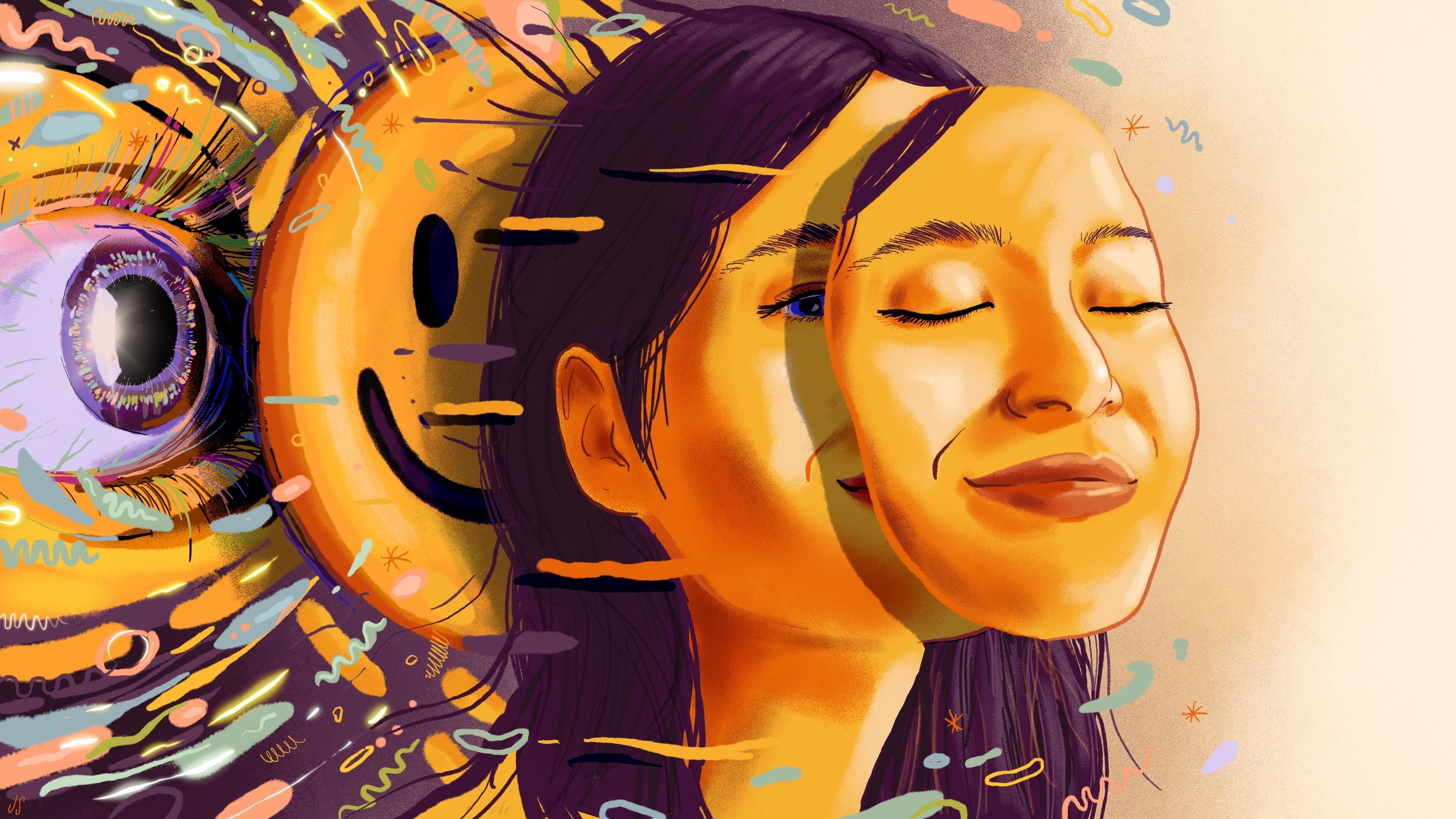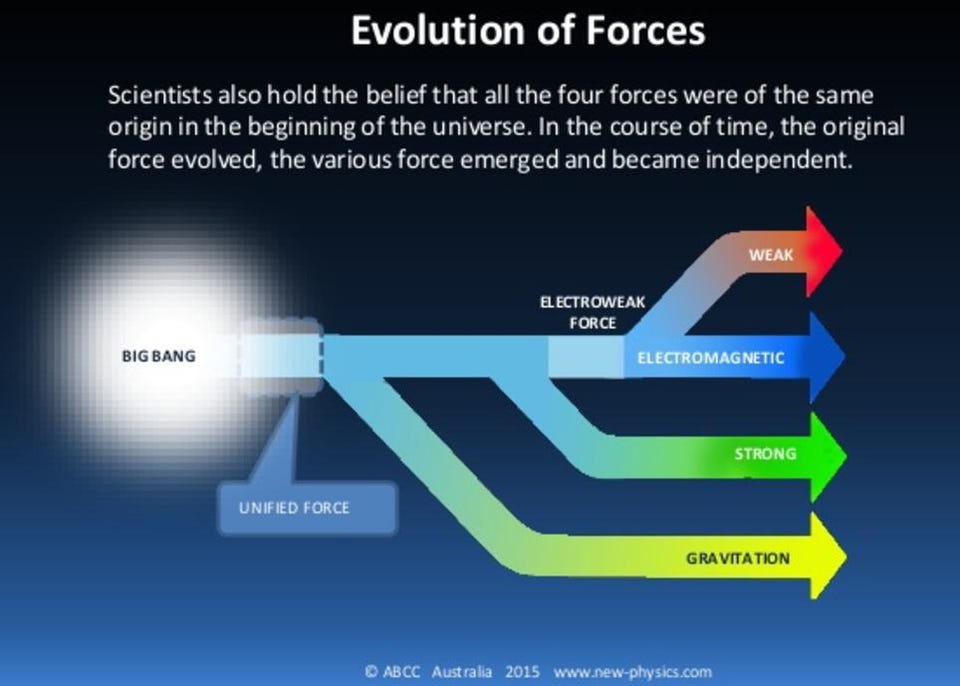Meet the Urban Datasexual
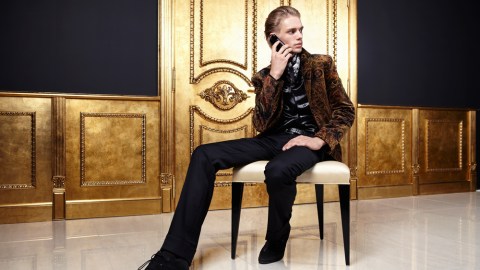
The same cultural zeitgeist that gave us the metrosexual – the urban male obsessive about grooming and personal appearance – is also creating its digital equivalent: the datasexual. The datasexual looks a lot like you and me, but what’s different is their preoccupation with personal data. They are relentlessly digital, they obsessively record everything about their personal lives, and they think that data is sexy. In fact, the bigger the data, the sexier it becomes. Their lives – from a data perspective, at least – are perfectly groomed.
Like it or not, data is all the rage on the Internet these days, with companies of every size working overtime on creating ways to monetize all that personal data out there. People are creating breathtaking amounts of personal data online and via their mobile devices, even if much of it is so unstructured and difficult to analyze that people sometimes refer to it as “digital exhaust.” And digital device makers continue to churn out new devices that make it cool to display this data to friends, colleagues and the occasional perfect stranger. Did you ever think it would be cool one day to tote around a black bracelet flashing neon lights and displaying your exercise activity? Well, Nike did – largely in the hopes that its Nike+ Fuelband would become a type of status symbol for the urban datasexual.
So what factors led us to the birth of the modern datasexual?
The origin of the datasexual in all likelihood started with the humble infographic, which is a highly stylized and well-designed way to talk about all the data out there on Web. The infographic trend was followed by the data visualization trend, which made it even cooler to display data in innovative new ways. These data visualization tools eventually gave us cultural artifacts like Nicholas Felton’s annual Feltron Reports, which made the obsessive recording of everyday activities seem cool. From there, it was only a small evolutionary step to the whole quantified self (QS) movement, which promises “self knowledge through numbers.” QS proponents obsessively track every single bit of data about themselves throughout the day. The QS movement eventually led us to the embrace of data by consumer-facing companies Nike, who found a way for urban datasexuals to flaunt their obsessive data-grooming to the rest of us in a way that’s stylish and mod.
True datasexuals, however, will not stop at just collecting and recording bits of data from the Web. They are obsessively driven to use a proliferating number of mobile devices and apps to make data-grooming a reality. Consider the example of Placeme, a new app that is as “scary” as it is “futuristic.” What PlaceMe does is plug into the ambient monitoring functionality of your mobile device in order to relentlessly record all of your personal data on a highly granular level. Consider a typical trip to a retail store — Placeme would be able to record everything from which door of the store you entered, to how long you spent in each aisle, to the approximate speed at which you traversed various departments. The app would also know which route you took to the store, how much you spent, and would be able to recommend the fastest way home while you’re still checking out.
Just as elements of the metrosexual movement eventually found their way into the fashion mainstream, the whole datasexual craze is starting to tip into the mainstream. All of us – not just the datasexuals of today – will soon be equipped with a breathtaking array of digital devices and sensors from “cool” companies like Apple and Nike. We will download hyper-aware apps like Placeme to our tablets and smartphones. And we will broadcast all of our data to our friends and casual acquaintances, perhaps with the help of an ambient awareness app that runs in the background of a social network like Facebook. And, if all goes according to plan, all of this obsession with data will pay off in a way that would make Calvin Klein proud: people will think you’re sexy.
image: The Young Man Speaks by Phone / Shutterstock
